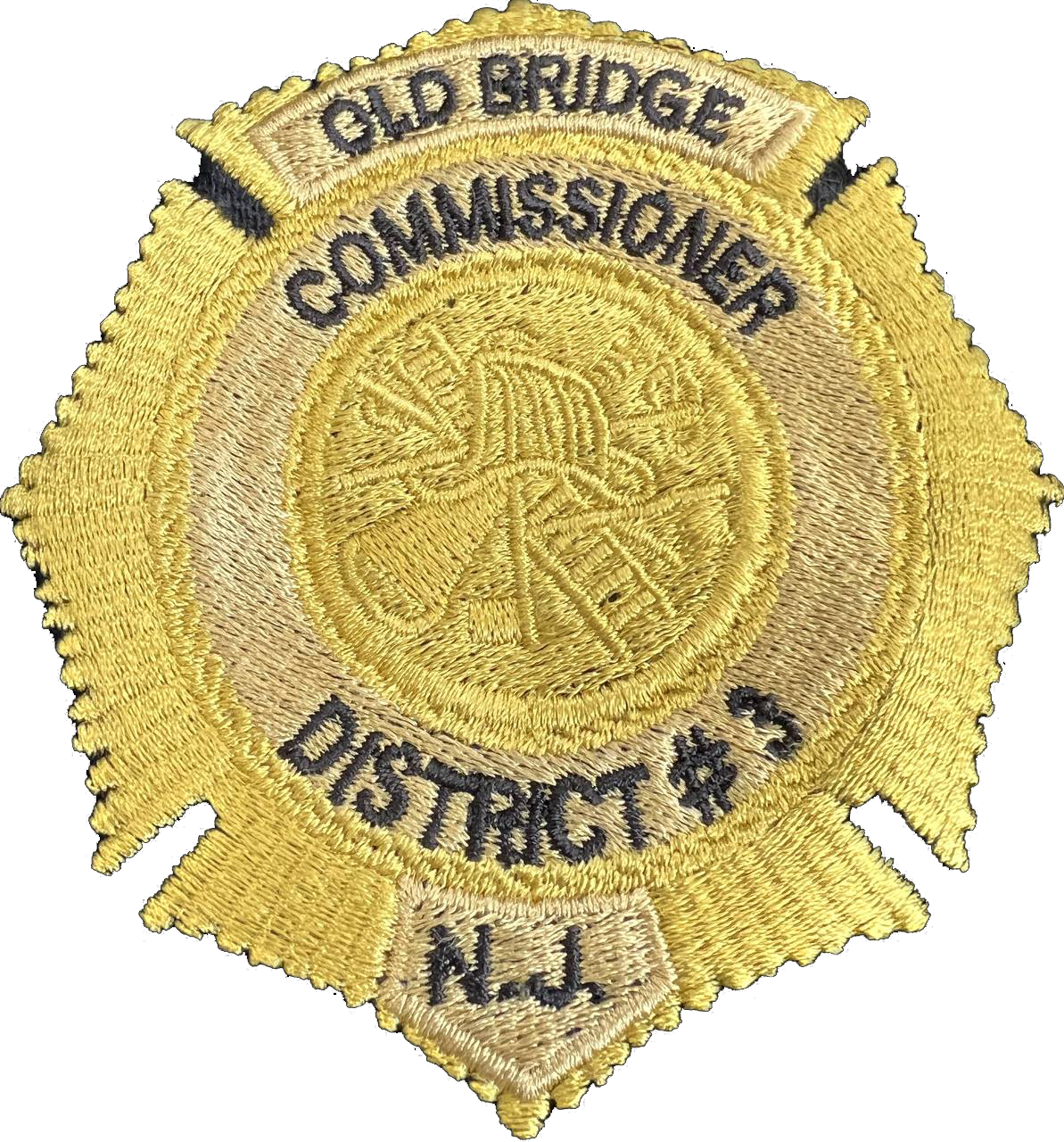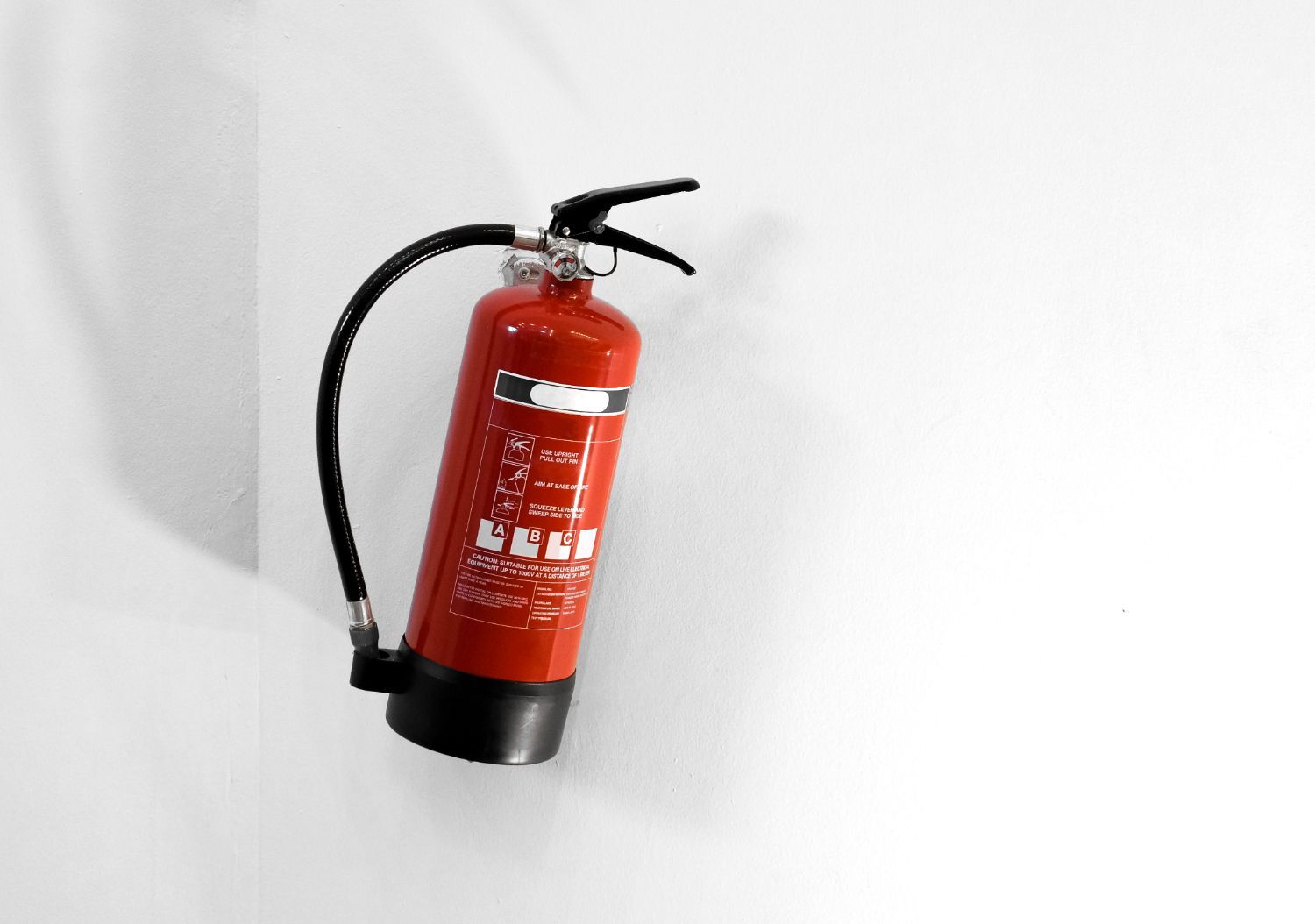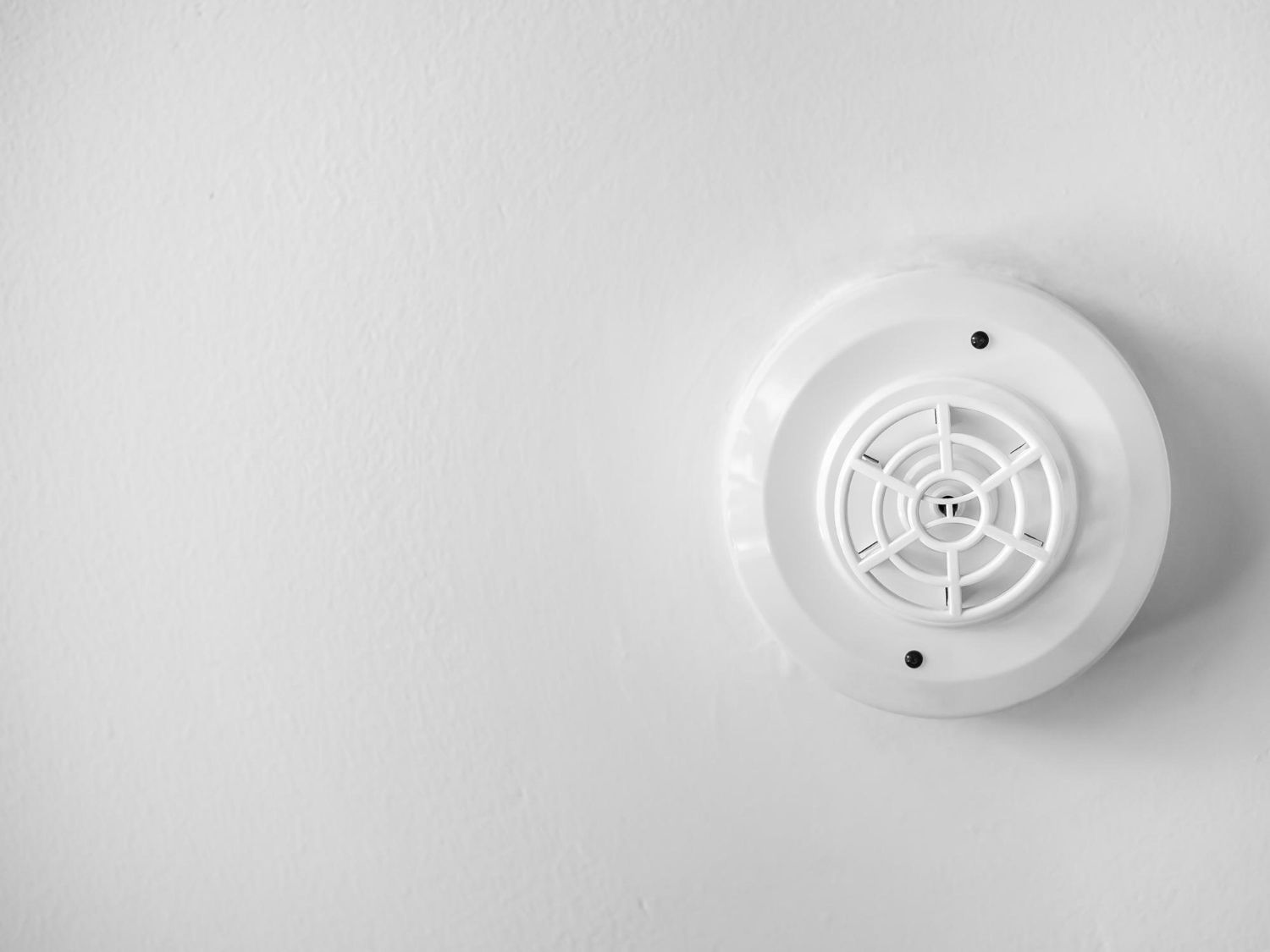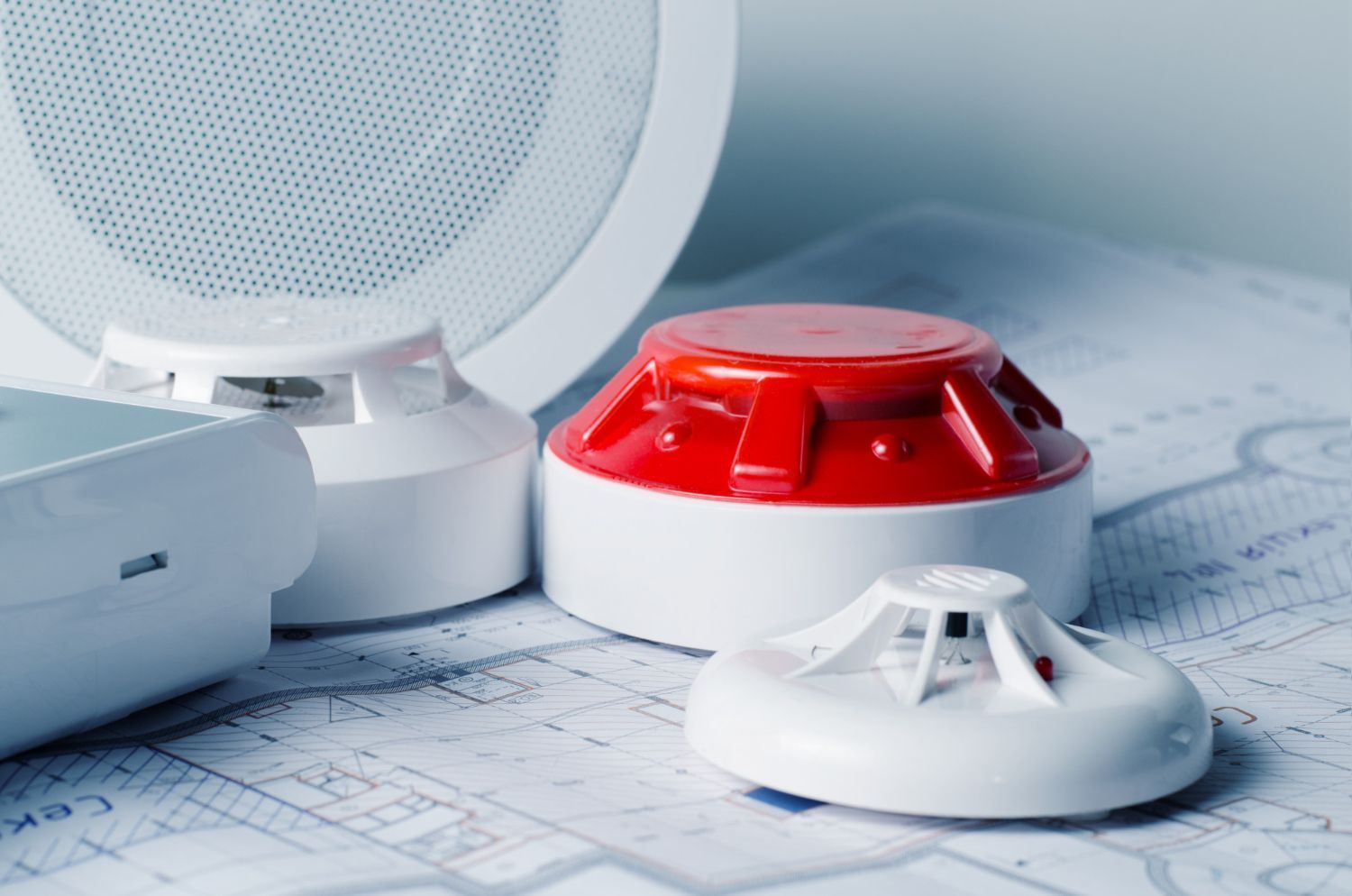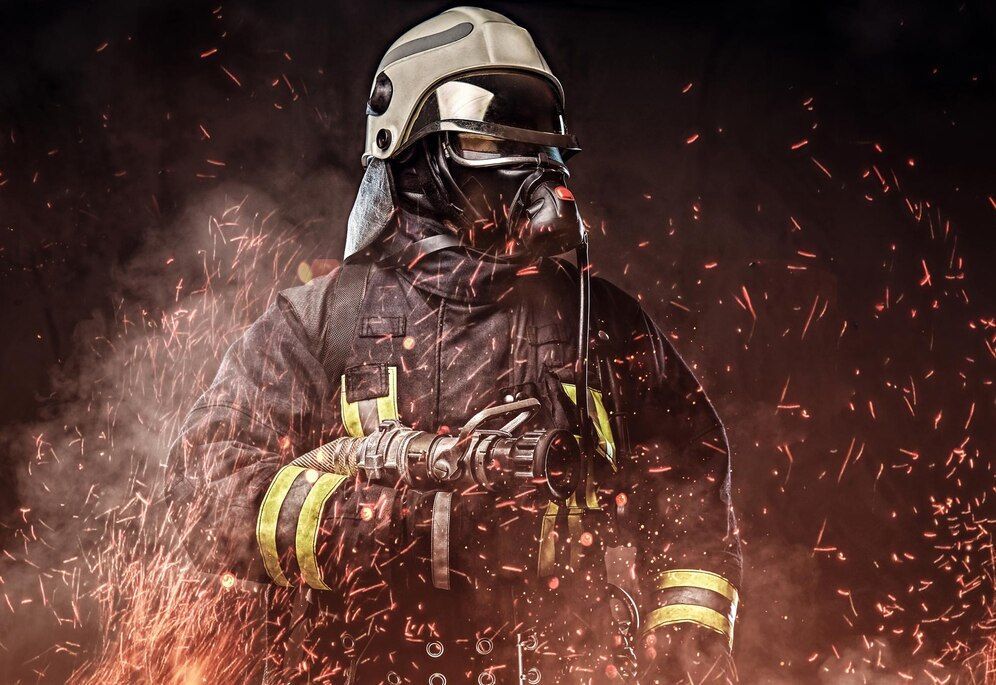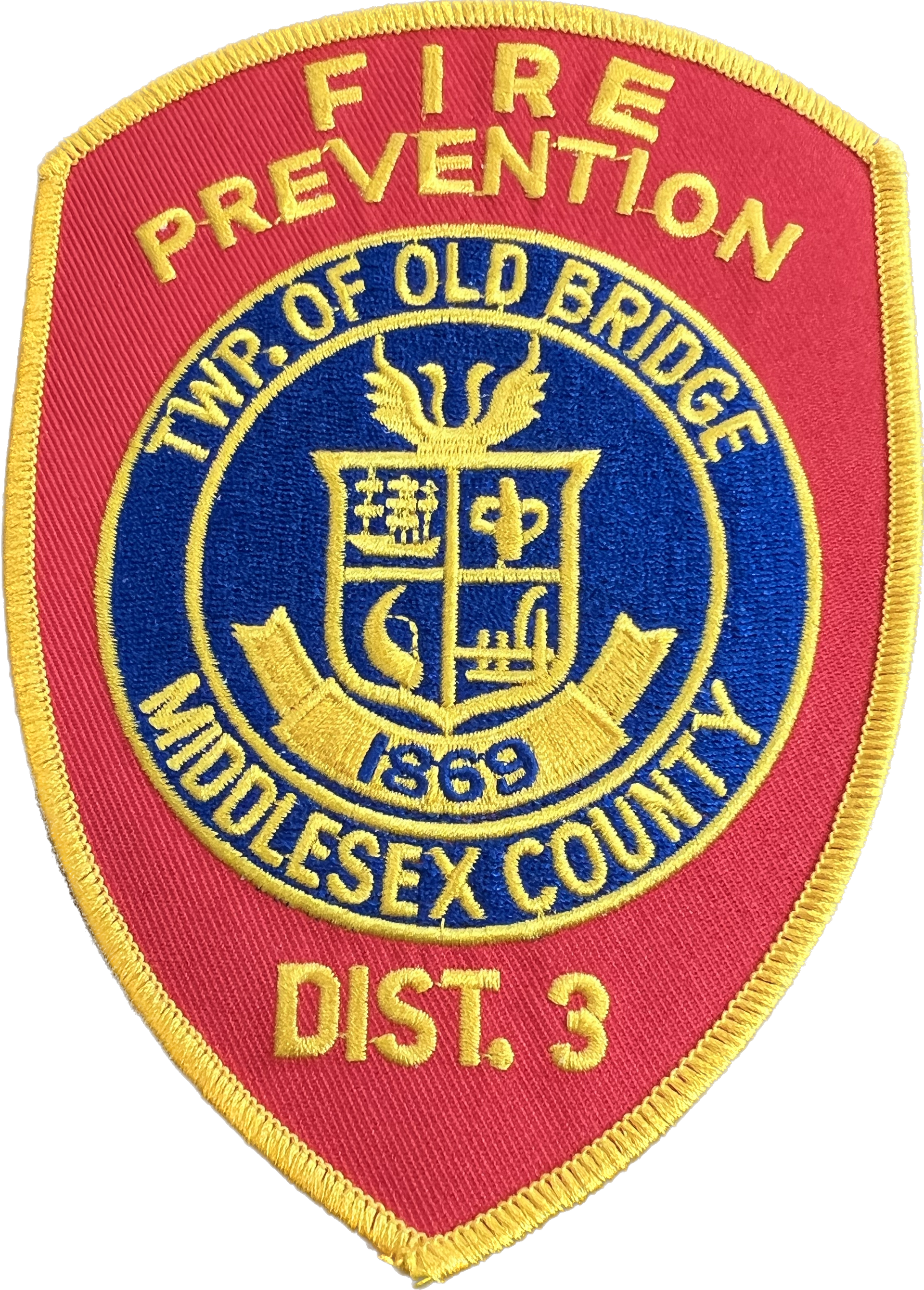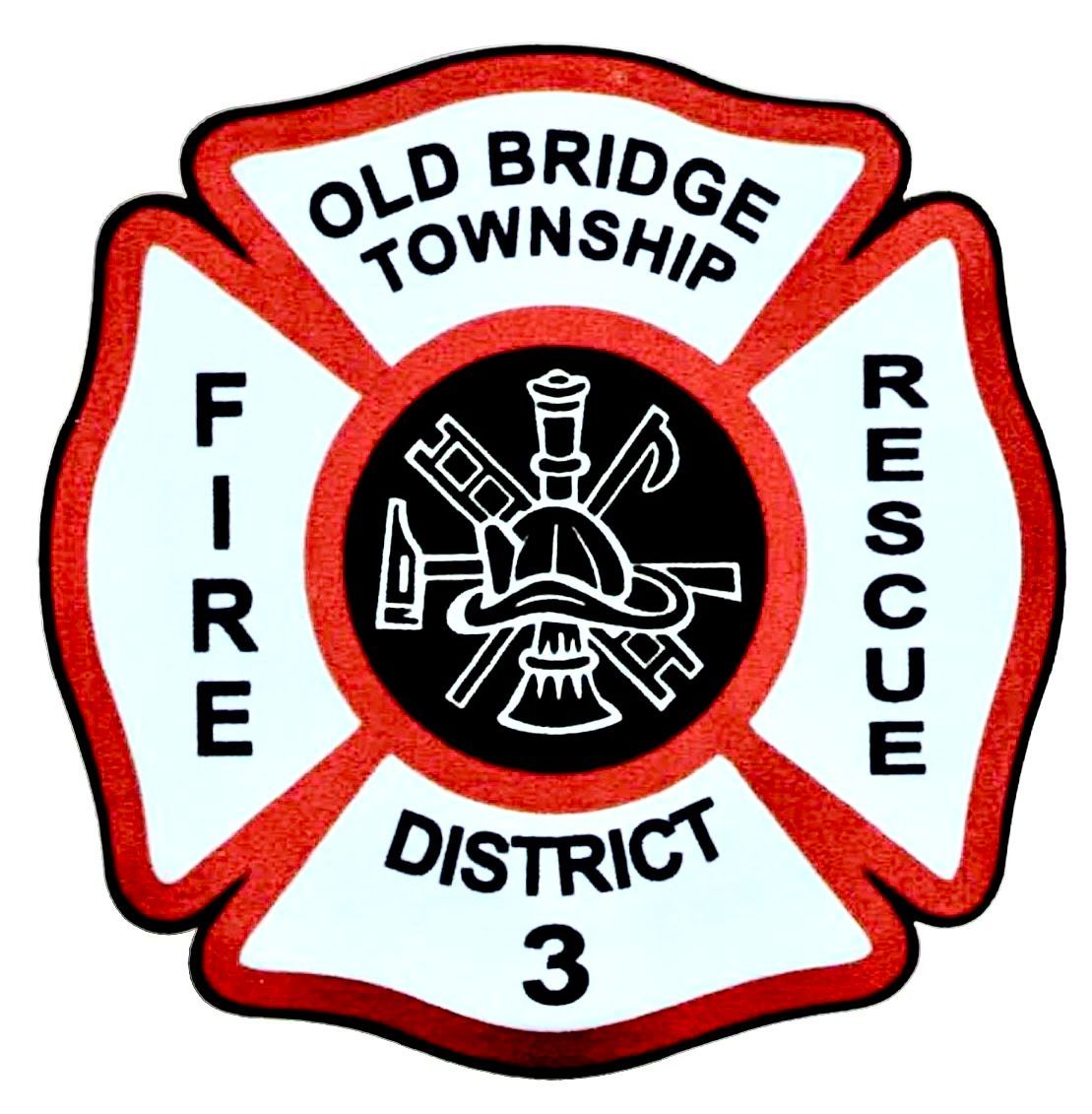The Essentials of Fire Hydrant Maintenance
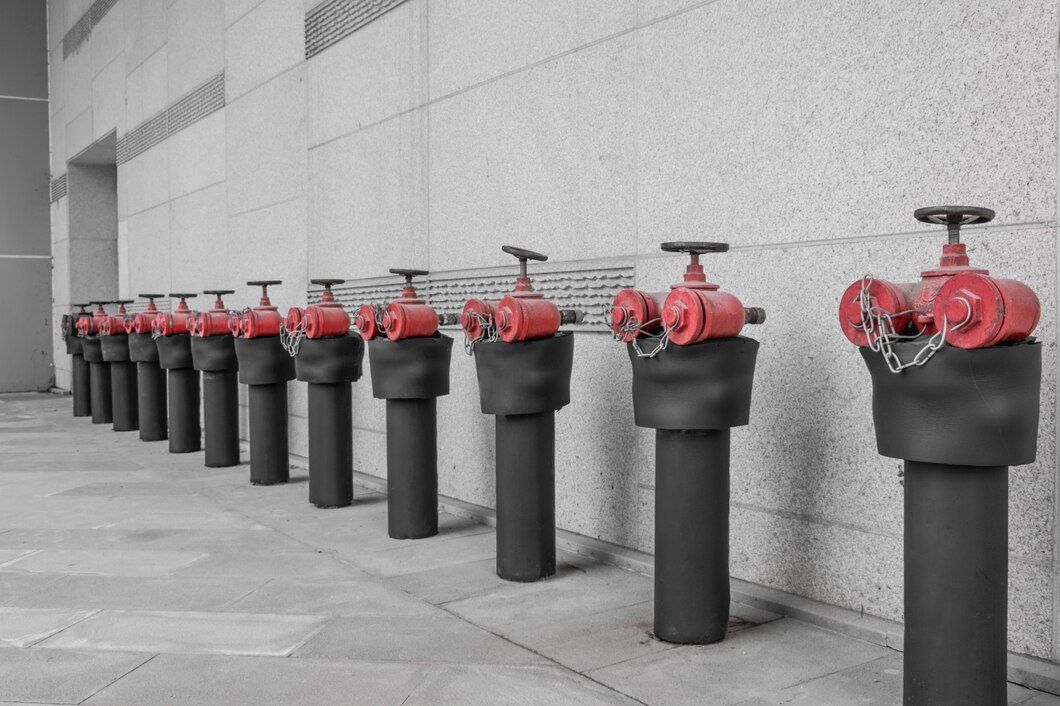
Ensuring the functionality and reliability of fire hydrants in our community is a responsibility we take seriously. These vital firefighting resources provide the necessary water supply during emergencies, making their maintenance not just a duty but a crucial aspect of public safety. Every fire hydrant in our district plays a significant role in fire response efforts, and their optimal functionality can mean the difference between minor damage and major disaster.
To understand this, one must first recognize the complexity and importance of a fire hydrant system. These are not merely static street fixtures but are dynamic pieces of engineering that require regular inspection and maintenance to function correctly. Each component, from the valve mechanisms to the caps that protect the outlets, is designed with precision to ensure that when the time comes, they perform without fail.
As we delve deeper into the maintenance processes, remember that each step we discuss is aimed at fortifying our community’s defense against the unpredictability of fires.
Understanding the Importance of Fire Hydrant Maintenance
Maintaining fire hydrants is essential not only for ensuring their reliability during emergencies but also for the protection of the entire community. A well-maintained fire hydrant system provides first responders with immediate access to the water supply necessary to fight fires effectively, which can dramatically reduce the damage caused by fires and potentially save lives. Without regular maintenance, hydrants can fail due to rust, blockages, or mechanical faults, leading to catastrophic delays during critical moments.
Moreover, regular maintenance of fire hydrants helps us identify and resolve issues such as leaks and illegal use, which can compromise the overall water supply system. By performing scheduled check-ups, we can ensure that each fire hydrant within our jurisdiction is up to code, fully operational, and ready to deliver when called upon. This proactive approach not only reinforces the safety infrastructure of our community but also instills a greater sense of security among residents and business owners alike.
Key Components of a Fire Hydrant and Their Roles
Fire hydrants are more than just red pillars on the sidewalk; they are complex assemblies with several crucial components that work together to deliver water in times of need. Understanding these components will highlight their roles and the importance of each in the functionality of a fire hydrant:
1. Bonnet:
This is the top part of the hydrant that houses the operating mechanism. It must remain sealed and intact to protect the internal components from dirt and debris.
2. Valve Stem:
The valve stem is connected to the operating nut and extends into the valve. When the hydrant is opened, the stem lifts the valve off its seat, allowing water to flow.
3. Operating Nut:
Situated on top of the bonnet, this is what firefighters turn to open the hydrant. It typically has a pentagonal shape to prevent unauthorized use.
4. Nozzle Caps:
These are screwed onto the hydrant's nozzles to keep them free of debris. Removing the caps provides an outlet for the water during a fire.
5. Main Valve:
The main valve controls the flow of water into the hydrant. Proper maintenance ensures this valve operates smoothly and seals correctly when closed, preventing leaks.
Each component plays a vital role, and failure in any one of them can render a fire hydrant ineffective. Regular inspections and maintenance ensure that every part functions as expected, keeping our fire response efforts as efficient as possible.
Step-by-step Guide to Routine Fire Hydrant Inspections
Routine inspections are critical to ensuring fire hydrants function properly when needed. At our department, we follow a systematic approach for these inspections to certify that all components are in optimal working condition. Here’s how we conduct our routine fire hydrant inspections:
1. Visual Assessment:
We start with a thorough visual check to identify any obvious physical damages—like rust, leaks, or vandalism. This also includes making sure the hydrant is easily accessible and not obstructed by vegetation or parked vehicles.
2. Operational Testing:
Next, we operate the hydrant to check water flow and pressure. This test helps verify that the internal mechanisms are smooth and functional, and it ensures that water discharges quickly at the expected pressure levels.
3. Cap Removal: We remove the nozzle caps to inspect for rust or debris that could obstruct water flow. It’s essential these caps are easy to remove and free from damage.
4. Lubrication:
Regular lubrication of the cap threads and operating nut is performed to prevent seizing and to ensure that these components can be operated easily during an emergency.
Each inspection ends with updating our maintenance logs, detailing all findings and the actions taken. These records help us track the hydrant’s health over time and plan preventive measures before issues escalate.
Troubleshooting Common Fire Hydrant Issues
Fire hydrants can encounter several common issues that can hinder their performance. Recognizing these problems early and knowing how to address them is key to maintaining our readiness for emergency responses. Here are some of the typical issues we face and how we troubleshoot them:
1. Low Pressure: If a hydrant shows lower than normal water pressure, it might be due to a partially closed valve or an issue in the water supply line. We ensure all valves are fully operational and check for any possible obstructions in the lines.
2. Leaks: Leaks can occur at various points, such as the valve or nozzle. We tighten connections and replace worn-out gaskets and seals to address this issue. Regular checks for signs of water puddles or worn parts near hydrants help us catch leaks early.
3. Frozen Hydrants: In colder climates, hydrants can freeze, preventing access to water. We use hydrant heaters and ensure they are properly insulated ahead of winter.
4. Obstructions:
Overgrown vegetation or accumulated dirt can obstruct access to a hydrant. We coordinate with local authorities and community members to keep the area around hydrants clear.
Conclusion
Maintaining fire hydrants in top condition is instrumental in safeguarding our community from fires. Each inspection and maintenance task we perform is designed to ensure that when a fire strikes, our hydrants operate flawlessly. Regular checks and timely troubleshooting of common issues are pillars of our proactive approach to fire safety. This effort not only prepares us for emergencies but also fosters community trust in our ability to protect them.
We at Board of Fire Commissioners, Fire District 3, Township of Old Bridge are committed to this mission and continuously seek to enhance our service to the community. Reach out to our
Old Bridge fire department to learn more about fire safety, hydrant maintenance, or to get involved in community safety initiatives. Together, let's keep our district safe and resilient against fires.
